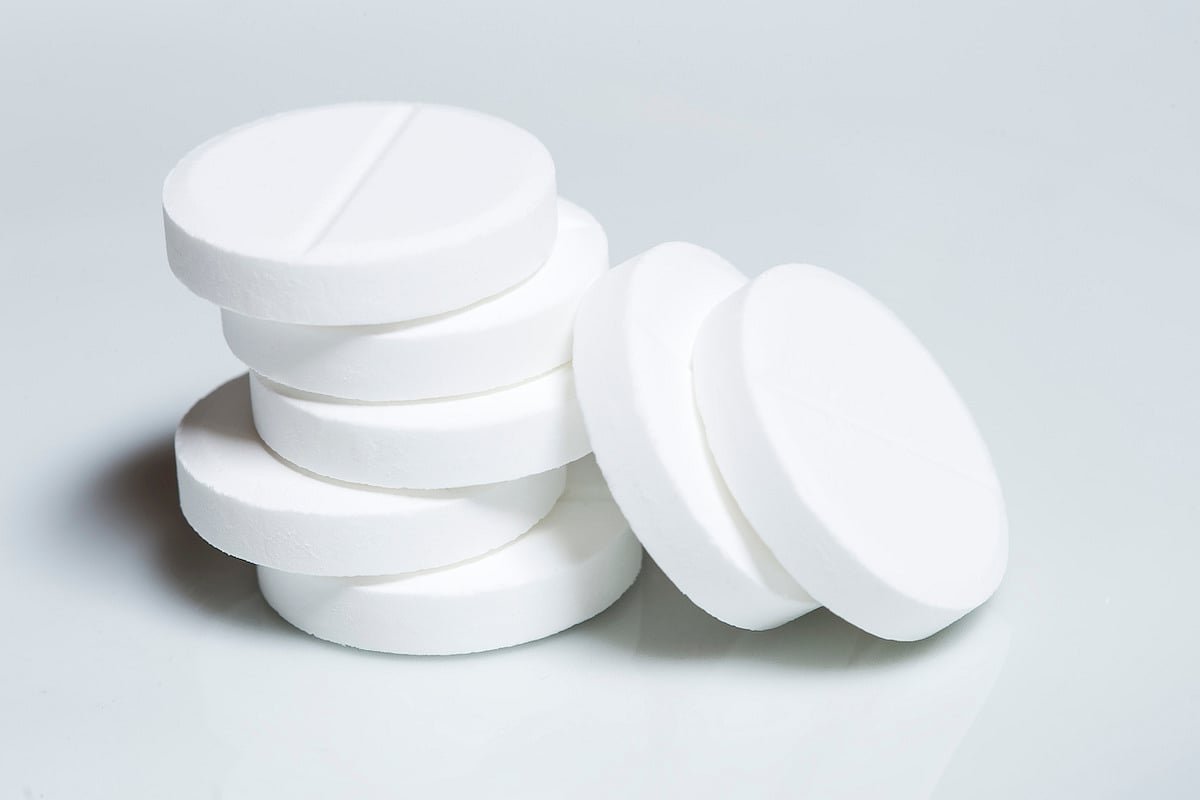1. In this randomized controlled trial, lixisenatide reduced motor disability progression in Parkinson’s patients.
2. Individuals in the lixisenatide group experienced greater gastrointestinal side effects rates than individuals in the placebo group.
Evidence Rating Level: 1 (Excellent)
Study Rundown: Dopaminergic replacement therapy has been used as the main treatment for Parkinson’s disease. However, it has been found to treat only the symptoms, not the progression. Some studies have shown an association between Parkinson’s disease and type 2 diabetes. Further, individuals with diabetes who were being treated with a glucagon-like peptide-1 (GLP-1) receptor agonist had a lower association with Parkinson’s disease compared to diabetes patients on different medications. The LIXIPARK trial was conducted in France using a double-blind, placebo-controlled trial with a 2-month washout period. Before the baseline initiation of the trial drugs, the participants were given a dose of an optimized stable dopaminergic antagonist, levodopa, monoamine oxidase B, or both. Randomization placed the participants in a 1:1 ratio to either receive the placebo or subcutaneous lixisenatide in addition to their current Parkinson’s disease treatment. Since the study only involved individuals with early Parkinson’s disease, it could not determine if the effect of the drug on motor scores would persist further into the disease progression. Overall, when compared to the placebo, lixisenatide reduced motor delay progression in individuals with Parkinson’s disease; however, it led to gastrointestinal adverse effects.
Click here to read the study in the NEJM
In-Depth [randomized controlled trial]: A total of 156 individuals were included in this trial and split evenly into two groups. Eligibility criteria included receiving a diagnosis of Parkinson’s disease within the past three years and between the ages of 40 and 75. When receiving the highest dose of the lixisenatide, 20 µg per day, 28 individuals had negative side effects and were switched to a dose of 10 µg per day. Comparatively, only three participants in the placebo group reduced their dose. The baseline values for the mean (SD) motor scores were 14.8±7.3 and 15.5±7.8 in the lixisenatide and placebo groups, respectively. Furthermore, in the 12th month, the mean scores were 14.9 (95% Confidence Interval [CI], 13.3 to 16.6) and 18.8 (95% CI, 16.6 to 21.0) in the lixisenatide and placebo groups, respectively. Therefore, the score in the lixisenatide group improved by -0.04 points (95% CI, -1.62 to 1.54), whereas in the placebo group, the score worsened by 3.04 points (95% CI, 1.46 to 4.62), leading to a difference of 3.08 (95% CI, 0.86 to 5.30; P=0.007). The mean scores were measured again after the 2-month washout period and were found to be 17.7 (95% CI, 15.7 to 19.7) for the medication group and 20.6 (95% CI, 18.5 to 22.8) for the placebo group. Each group had at least one adverse event in most of the participants (86% in the lixisenatide group and 71% in the placebo group). However, gastrointestinal side effects were reported more in the experimental group than in the placebo. This included nausea (46% vs. 12%), vomiting (13% vs. 3%), and gastroesophageal reflux (8% vs. 1%). Overall, individuals in the lixisenatide group had less decline in motor disability than individuals in the placebo group.
Image: PD
©2024 2 Minute Medicine, Inc. All rights reserved. No works may be reproduced without expressed written consent from 2 Minute Medicine, Inc. Inquire about licensing here. No article should be construed as medical advice and is not intended as such by the authors or by 2 Minute Medicine, Inc.


















Create Post
Twitter/X Preview
Logout